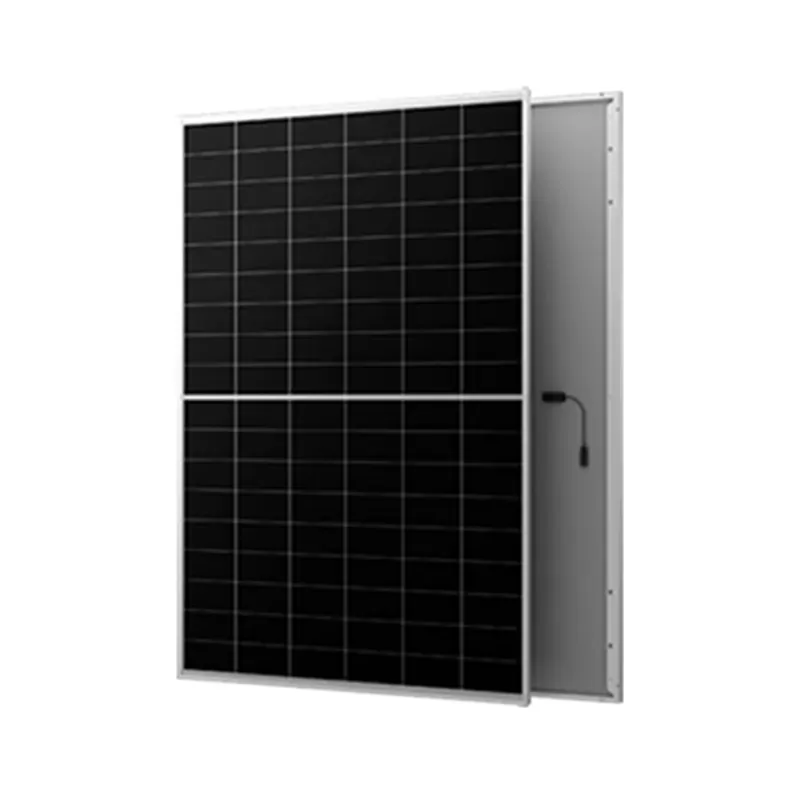High-Efficiency String Inverter Solar Panels for Sustainable Energy Solutions
Understanding String Inverter Solar Panels A Comprehensive Overview
In recent years, solar energy has become a prominent solution for sustainable power generation. Among the various technologies available, string inverter solar panels have gained popularity for residential and commercial applications. This article delves into what string inverter solar panels are, their benefits, and some considerations to keep in mind when implementing this technology in your renewable energy system.
String inverters are a common type of inverter used in solar energy systems. They convert the direct current (DC) produced by solar panels into alternating current (AC), which can be fed into the electrical grid or used to power home appliances. A string inverter connects multiple solar panels—usually referred to as a “string”—which means that several panels share the same inverter. This setup is particularly suitable for installations with uniform exposure to sunlight.
One of the primary advantages of using string inverters is their cost-effectiveness. Since a single inverter can manage multiple solar panels, the overall system installation cost is reduced compared to micro-inverters, which are installed on each panel. Additionally, string inverters tend to have a longer lifespan and require less maintenance. This makes them an appealing choice for many homeowners looking to invest in solar energy.
string inverter solar panels

Another significant benefit of string inverter solar panels is their efficiency. These inverters typically have high conversion rates, meaning that they can effectively convert a large portion of the solar energy harnessed into usable electricity. Modern string inverters also come equipped with advanced technology, such as maximum power point tracking (MPPT), which optimizes the energy output by adjusting the voltage and current from the panels based on changing sunlight conditions throughout the day.
However, it is essential to consider some limitations associated with string inverters. One main drawback is the impact of shading. If even one panel in a string is shaded, it can reduce the overall energy production of the entire string. This phenomenon is known as the Christmas light effect, where one malfunctioning bulb can dim the rest. To mitigate this issue, careful planning and positioning of panels are necessary to ensure maximum exposure to sunlight.
Another consideration is the monitoring capabilities of string inverters. While many modern units feature monitoring systems to track the performance of solar panels, they typically provide data for the entire string rather than individual panels. This can make it more challenging to identify specific issues with single panels, which could lead to prolonged inefficiencies if not addressed promptly.
In conclusion, string inverter solar panels represent a reliable and cost-effective solution for harnessing solar energy. Their advantages in efficiency and reduced installation costs make them a popular choice among homeowners and businesses alike. However, it is crucial to consider potential shading issues and the limitations in monitoring capabilities. As with any investment in renewable energy technology, thorough research and professional consultation can help determine the best-fit solution for your specific needs and location. With the right setup, string inverter solar panels can contribute significantly to a sustainable energy future.
-
Unlocking Energy Freedom with the Off Grid Solar InverterNewsJun.06,2025
-
Unlock More Solar Power with a High-Efficiency Bifacial Solar PanelNewsJun.06,2025
-
Power Your Future with High-Efficiency Monocrystalline Solar PanelsNewsJun.06,2025
-
Next-Gen Solar Power Starts with Micro Solar InvertersNewsJun.06,2025
-
Harnessing Peak Efficiency with the On Grid Solar InverterNewsJun.06,2025
-
Discover Unmatched Efficiency with the Latest String Solar InverterNewsJun.06,2025







